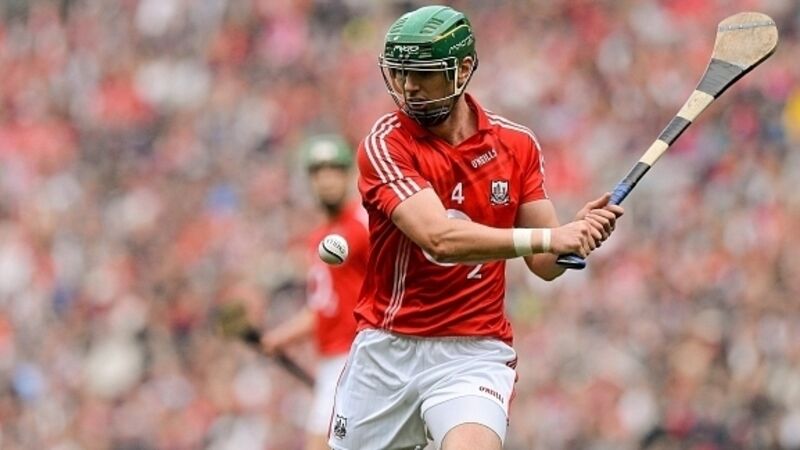Man-marking may be a dying art

Teammates can recall Murphy being approached by management before the games that marked Cork’s progress to four All-Ireland senior hurling finals in a row and being told that again, he had drawn the short straw: he’d be taking on the opposition’s top forward.
Now the Bride Rovers man has said goodbye to the intercounty game, does the concept of the man-marker disappear with him? The evolution of the game in the last decade or so seems to suggest that conclusion. The dominant side in that period, Kilkenny, relied on defending in numbers as they compressed the play in their own half, with the centre-back at times defending the D in front of the 21-metre line; that cut down on space, with defenders on hand to double up on troublesome forwards as long as the backs maintained their defensive discipline.













